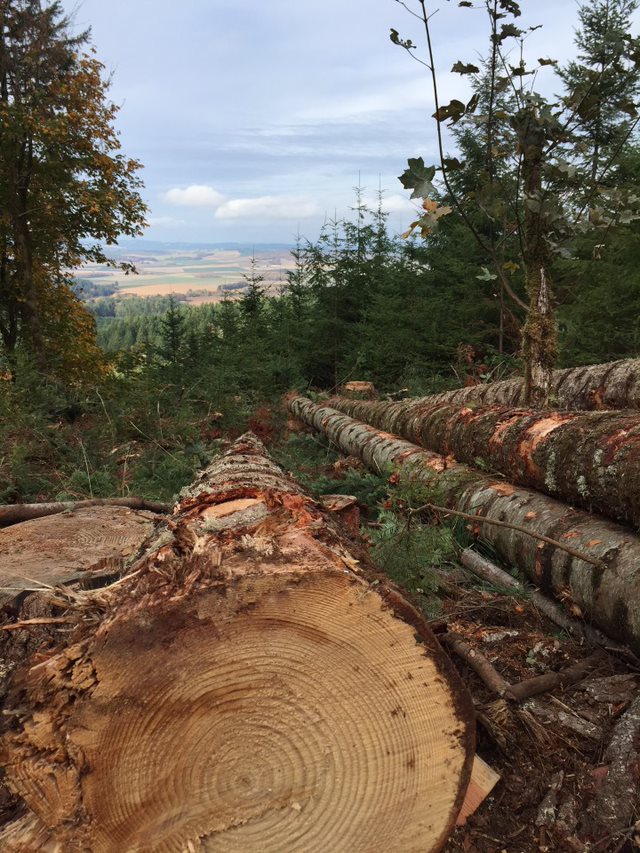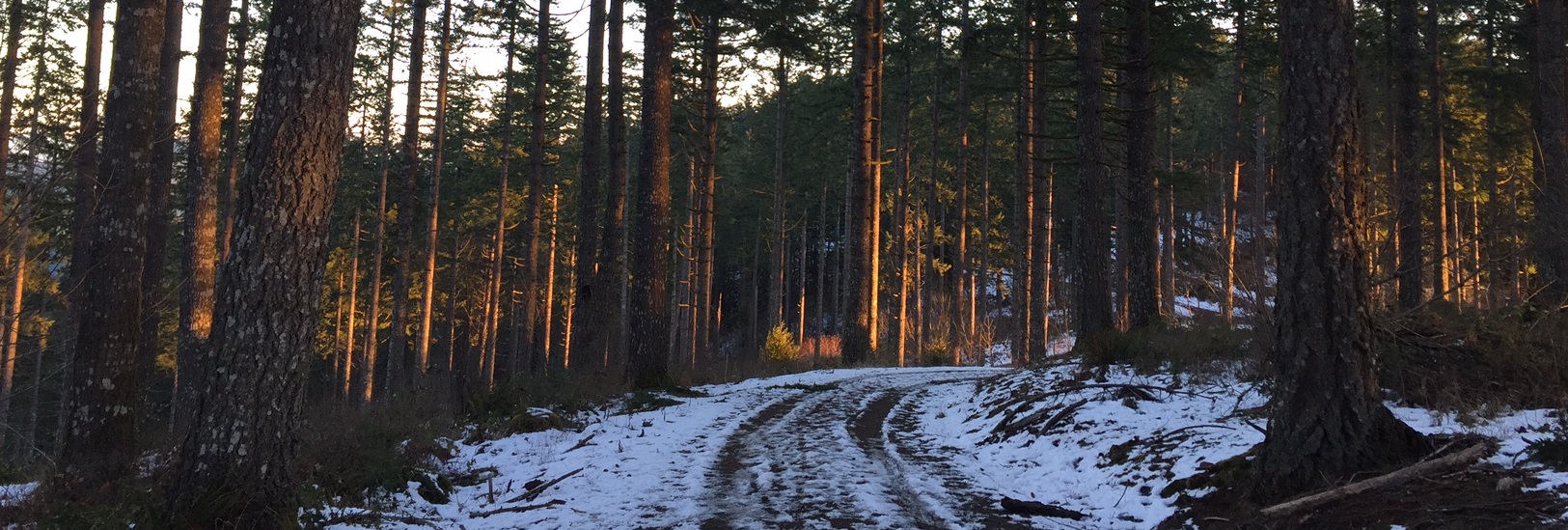Neil Williams
Applied Forest Scientist
The forestry sector has tremendous potential for cost-effective climate change mitigation. Manomet is working with partners from our Climate Smart Land Network (CSLN) and other organizations to realize some of this potential.
At the beginning of 2020, we kicked off an initiative focused on natural climate solutions—ways to use land, like forests, to capture and store carbon. Specifically, Manomet is investigating opportunities for increasing the climate change mitigation potential of industrial timberlands by increasing carbon storage in forest vegetation and wood products and reducing greenhouse gas emissions from forest management and harvesting activities. Manomet’s partners on this initiative own or manage millions of acres of forest, and the adoption of practices that increase the carbon balance of the industrial forestry sector at such large scales could provide significant climate benefits.
The first theme of work for Manomet’s natural climate solutions initiative focuses on developing practices that are good business sense (i.e., good for the bottom line) and also increase carbon storage or reduce overall emissions. We are developing a best practices manual on climate-smart harvest operations, which will cover a variety of topics ranging from the emissions associated with road construction and road layout to harvest operations to log transport. Forestry companies will be able to use this guide to incrementally implement practices that will either reduce emissions from machinery used during the harvesting process, increase net carbon storage by minimizing soil disturbance and damage to residual vegetation, or maximize biomass converted to usable forest products.

The second strand of work for the project focuses on activities that can be viable under the existing carbon markets or looking at changes to how forest carbon market protocols or the markets themselves operate that could increase the appeal of project development. Forest carbon markets provide incentives to project developers to implement practices that increase carbon storage but are not necessarily as financially attractive as existing practices. However, while forest carbon markets have developed enormously since their early days in the 2000s, there remain significant challenges to carbon project development. One example is the lengthy project commitment period, which can exceed 100 years. It is particularly challenging to large commercial timberland managers who may not plan on owning a given piece of land for such time periods. By addressing obstacles such as this, without compromising the environmental integrity of the carbon accounting procedures, we can make it more attractive for companies to participate in the carbon markets and catalyze increased carbon storage.





 Back to all
Back to all